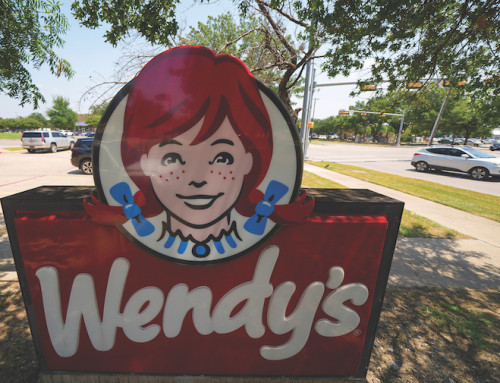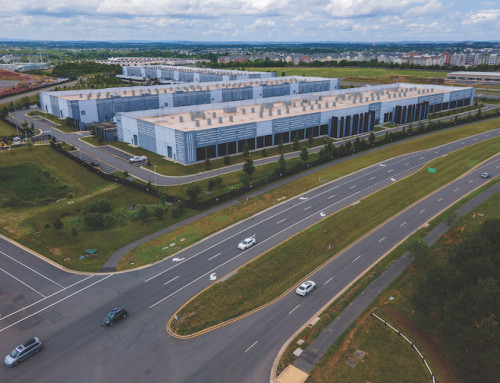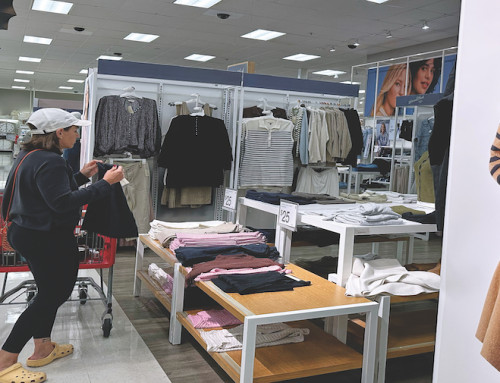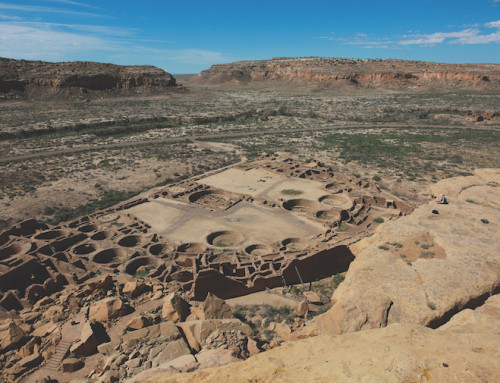NEW YORK (AP) — The White House says it is considering backing a 50-year mortgage to help alleviate the home affordability crisis in the country.
The announcement, however, drew criticism from policymakers, social media and economists, who said a 50-year mortgage would do little to resolve other core problems in the housing market, such as a lack of supply and high interest rates.
Bill Pulte, director of the Federal Housing Finance Agency, said on X that a 50-year mortgage would be “a complete game changer” for homebuyers. The FHFA is the part of the federal government that oversees Fannie Mae and Freddie Mac, which buy and insure the vast majority of mortgages in the country.
The 30-year mortgage is a uniquely American financial product and the default way to buy a home since the New Deal. Politicians and policymakers at the time wanted to create a standardized mortgage that borrowers could afford and pay off during their working years, when the average lifespan for an American was 66 years old.
Extending the life of a mortgage to 50 years decreases a borrower’s monthly payment.
The average selling price of a home was $415,200 in September, according to National Association of Realtors.
Assuming a standard 10 percent down payment and an average interest rate of 6.17 percent, the monthly payment on a 30-year mortgage would be $2,288 while the payment on a 50-year mortgage would be $2,022. That’s presuming a bank would not require a higher interest rate on a 50-year mortgage, due to the longer duration of the loan.
Because even more of the monthly payment on a 50-year mortgage would go toward interest on the loan, it would take 30 years before a borrower would accumulate $100,000 in equity, not including home price appreciation and the down payment.
That’s compared to 12-to-13 years to accumulate $100,000 in equity when paying off a 30-year mortgage, excluding the down payment.
A borrower would pay, roughly, an additional $389,000 in interest over the life of a 50-year mortgage compared to a 30-year mortgage, according to an AP analysis.
Other analysts came to a similar conclusion. “Extending a mortgage from 30 years to 50 years could double the (dollar) amount of interest paid by the homebuyer on a median priced home over the life of the loan and significantly slow equity accumulation,” wrote John Lovallo with UBS Securities.
Researchers say a 50-year mortgage does nothing to solve one critical issue when it comes to housing affordability — the lack of supply of homes. States such as California and cities like New York have recently passed legislation or made regulatory changes to allow builders to build homes faster with less regulatory red tape.
There’s also the raw cost of homebuilding in the country. Products such as steel, lumber, concrete, copper and plastics that go into home construction are now subject to tariffs.
“Many of the big things that would address supply right now are going in the wrong direction,” said Mike Konczal, senior director of policy and research at the Economic Security Project.”
Pulte said on X that the introduction of a 50-year mortgage was just a “potential weapon,” among other solutions the White House has considered to combat high housing prices.
Economists point out that a 50-year mortgage may do the opposite of helping with home affordability by causing home price inflation by introducing more potential buyers into a market struggling with supply.
After some criticism, President Donald Trump seemed less enthused about the 50-year mortgage. When asked by Laura Ingraham of Fox News about the idea, President Trump said it “might help a little bit.”
Under the Dodd-Frank Act, the mortgage giants Fannie Mae and Freddie Mac cannot insure a mortgage that is longer than 30 years, so any 50-year mortgage would be considered a “non-qualifying mortgage” and would be more difficult to sell to investors.








